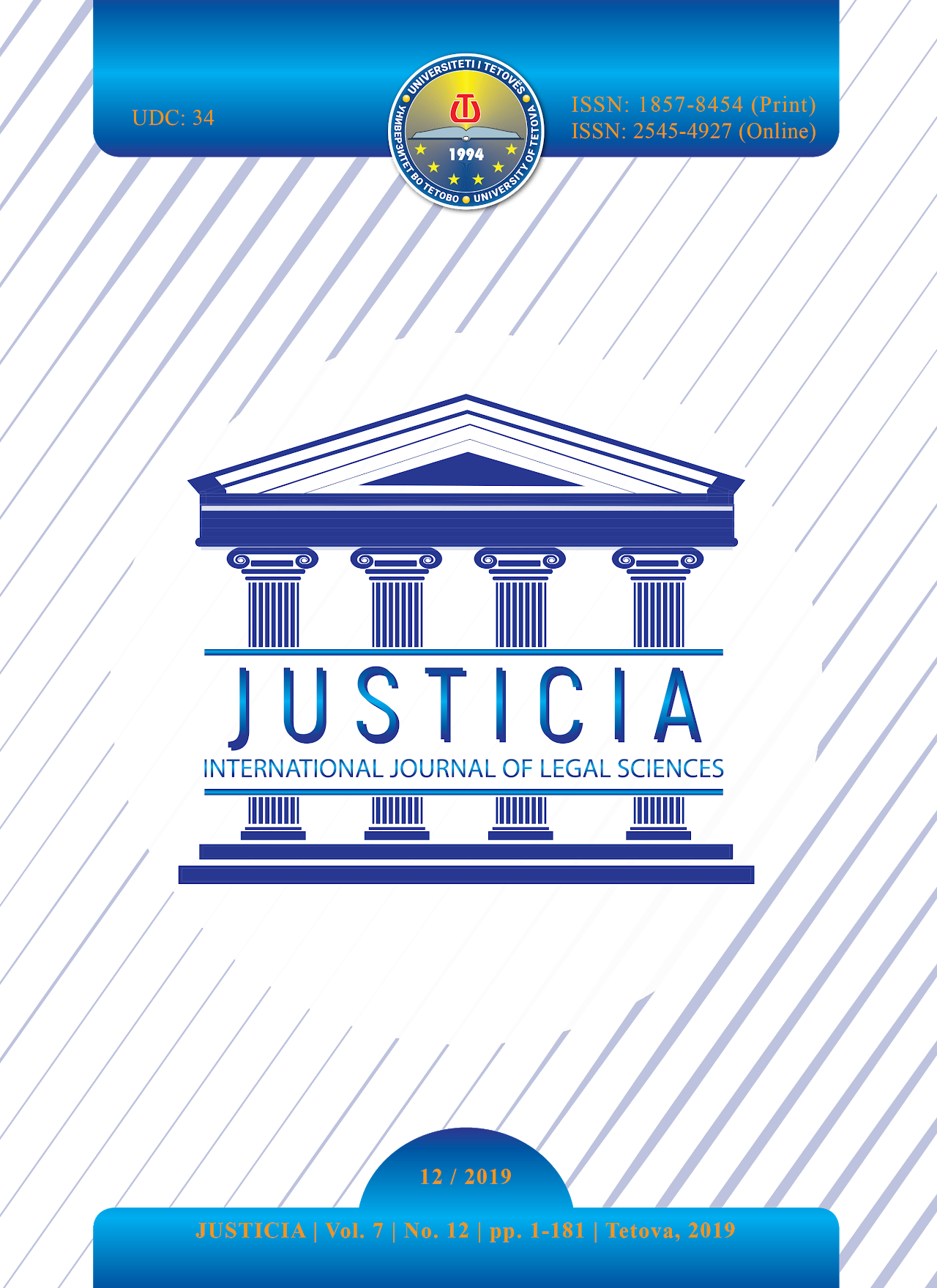THE BURDEN OF PROOF IN CONTESTED PROCEDURE
THE BURDEN OF PROOF IN CONTESTED PROCEDURE
Author(s): Bukurije Etemi-AdemiSubject(s): Law, Constitution, Jurisprudence, Civil Law
Published by: University of Tetova
Keywords: the burden of proof;the object of proof;the parties in the procedure;the evidence;
Summary/Abstract: It is undisputed that proving in trials is one of the most fundamental and most important processes in the contested procedure. The court is responsible for reconstructing certain situations in a procedure that are based on facts that exist or existed at a given moment, with the purpose of using them in support of its final decision and other secondary decisions. In paragraph 2 of Article 206 of the Law on Contested Procedure, it is foreseen that the court decides to determine the object of proof, analyze and prove facts that are relevant to the particular case and which lead to the verification of the claims of the parties. Otherwise, the work of the court would be destined to failure. In order to avoid this problematic in the procedure, the maxima of “probation qui dicit, non eiquit negat" and "in exepiendoreus fit actor" applied in today's litigation are still current but in facilitating the practice of judges to avoid enormous claims of the parties, these procedural rules have been corrected by categorizing facts in several groups. In this context, on the one hand, we will treat each party's obligation to present facts and to propose evidence to support its request or to reject the allegations and facts of the opposing party in proceedings, the so-called subjective probative burden, and on the other hand, we will treat the parties' inability to prove the truth of the allegations in the procedure, the so-called objective probative burden. the burden of proof, the object of proof, the parties in the procedure, the evidence.
Journal: JUSTICIA – International Journal of Legal Sciences
- Issue Year: 7/2019
- Issue No: 12
- Page Range: 28 - 33
- Page Count: 6
- Language: English

